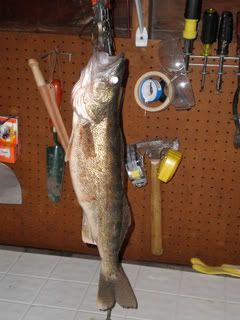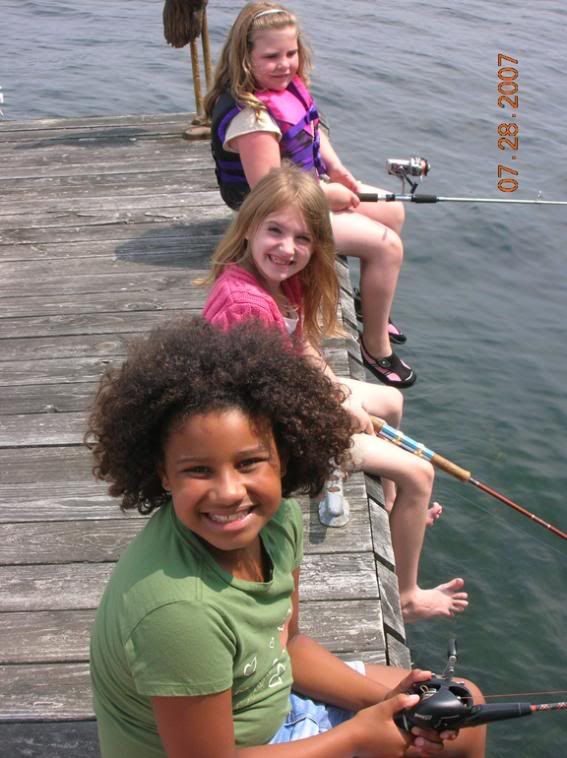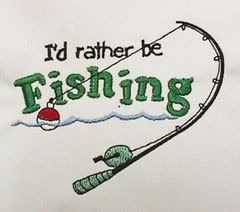
NOW, we all know that
catfish can smell right? They love stink!
CHEESE BAIT
? Lb. Limburger Cheese
Oatmeal (finely ground oatmeal is best)
Melt cheese over medium heat. When thoroughly melted remove from heat and mix in oatmeal until the mixture is stiff enough to stay on a hook. Try adding other ingredients in addition to the oatmeal such as liver meal, hog or dairy feed, or finely ground chicken livers.
Gutting a Shad
Most anglers know that shad guts make excellent
catfish bait.The gut of the gizzard shad usually gets the most bites.This firm,tough piece of meat usually gets the most bites.
You can fish with.....
Fresh shad Gut: After catching the shad and removing the gut, you can begin to immediately fish with this bait.Although this bait will work anywhere at anytime,it seems the most productive in tailrace areas.
Frozen shad gut: Works fine, just remember not to thaw out more shad guts than you can possibly use during your fishing trip.Keep in a cooler until ready to use.
Aged shad cuts: Take the fresh shad guts and place them in a sealed Ziplock bag, and leave them in the sun for 3 to 6 hours, depending on the temperature, so that the guts become rancid but not rotten.
Scrap Bait
Take odd pieces of cut-up fish, clams, minnows, crawfish and eels, and put them in a loosely-covered glass jar. Leave this mixture until it turns to oil.Then mix one part oil of anise with five parts of fish oil. Use this as a dip for catfish baits.
Peanut Butter
ConcoctionHere's a old favorite stink bait recipe that uses 80% cheese, at least 3 years old, 5% calf starter that you can purchase at any feed store, 5% dried animal blood, 5% peanut butter and flour. Mix all the ingredients together, except the flour, until it reaches a creamy texture.Slowly add flour a little bit at a time, and continue blending until you achieve the right consistency.Use this bait with either sponge baits or tube baits.
Cheese and Honey Sponge Bait
Cook a large amount of cheese in a large flat disposable cake-pan over a open fire. Cook until thoroughly melted and hot. Next add 4 or 5 tablespoons of honey to the cheese,stirring the honey into the cheese and continuing to cook until you've thoroughly blended the mixture together.Cut up a 1/4-inch thick sponge into 1 inch squares.Use forks or tongs to lay out the sponges into the hot mixture.After the sponges has absorbed the cheese bait on one side, turn the sponges over, and let the other side soak it up.Transfer the sponges to a sheet of tinfoil,until cool and dry. Store in ziplock storage baggies until ready to use.Freezing's OK.
If you want to catch catfish,
try this home made bait:
1 carton chicken livers
1 package of limburger cheese.
Enough flour to stiffen the bait.
You'll need rubber or plastic gloves for the first part. Put the gloves on and mush the limburger, and chicken livers. Mix until thoroughly blended. Then mix in flour until you get the consistency you want. Let set in the sun for at least 4 days with the lid slightly open. (The bait will rise slightly.) Use this bait with catfish worms, or sponge hooks.
Squid!?. . .
Has any one ever used squid for bait? One time I was planning on going
catfishing. I went around to all the stores in the hole town and no one had any mackerel or chicken livers. I was talking to this one butcher about going fishing he told me that they had no mackerel but he could give me some squid, yes, squid! He gave it to me for free, I thought what the heck, so I gave it a try and I never caught so many cats! Plus the skin is tough so it stays on the hook when you cast and you can use it over and over again so bait up and hang on!!!
Suckers. . .
One of the best all around baits I have found is “sucker meat”. Suckers can be found almost anywhere, and when you are cat fishing, you will more then likely catch a few. The trick here is to “leave the skin on” your bait pieces, and start the hook through the skin side so that the sharp point of the hook comes out into the meat side. This will make it almost impossible for the “nibblers” to get your bait off your hook, and the fish don't seem to mind that the skin is still on the bait.
O.K. You have tried the rest,
NOW try the Best....
Wheaties & raw Hamburger!!! Yes, you read it right! Make dough bait of Wheaties & water (just a-Nuff to make a very firm ball), now mix in an equal part of the cheapest Burger you can find (cats love cholesterol) Now throw in just a pinch of garlic powder & BAM!
Fish this mix under a slip bobber with the bait 1-2 inches off the bottom. I wade the lower White River (Indy area) &
KILL THEM CAT"S using this bait! Just put on a ball about the size of a grape on the hook, drop it in the current & let it drift downstream 40 or 50 yards, if ya ain't got a fish on by then (a rare occurrence, but it could happen from time to time) reel it back in & try again, if you have trouble keeping this goop on your hook (ya put too much water in the wheaties) try using some of that plastic netting ya get when ya buy a bag of onions, you know the stuff! It seems to work a lot better than "PANTY HOSE" & your wife won't look at ya cross eyed when you ask for it.











